uSDR is an embedded software-defined radio (SDR) board that is optimized for ease of use and collaboration. It incorporates WebUSB technology, which enables full functionality in the Chrome browser—under Linux, Windows, MacOS, and Android—without requiring specific drivers or software.
Software-Defined Radio Without All the Hassle
SDR is an emerging field that grows more accessible every day, but newcomers still face significant barriers to entry. uSDR lets you get started right away, without the need to install a new operating system, compile drivers, or troubleshoot version conflicts in software and vendor-support libraries. Just open a web browser and there’s everything you need! This is our vision, and it’s why we develop WSDR, the web-based SDR platform for researchers, developers, lab technicians, students, radio enthusiasts, and anyone else who’s curious about this powerful new technology.
- We designed WSDR to be as flexible as possible so you can extend its functionality and bring more applications to life.

uSDR:
We designed uSDR as a hardware showcase for the WSDR platform. (The u stands for µ, the Greek letter mu, and is pronounced "micro"). It’s a tiny board, in the M.2 2230 form factor, with A+E keys. This is a common format for Wi-Fi cards. All components are located on the top side, which simplifies thermal management. Built around the proven LMS6002 SDR chip from Lime Microsystems, uSDR provides the following features:
Features & Specifications
- M.2 2230 Key A+E interface
- Full-duplex TX & RX
- Frequency range: 300 - 3700 MHz (usable range typically starts from 230 MHz)
- RX/TX Bandwidth: 0.75 - 28 MHz plus bypass mode
- Clock stability: 0.5 PPM
- Sample rate up to 30.72 Msps (40+ Msps in bypass mode)
- High-Speed USB 2.0: 480 Mbps, streaming ~15 Msps half-duplex or ~5-6 Msps full-duplex
- Extended power supply range: 2.85 - 5.5 V
- Components on only one side of the PCB
- PCIe support in legacy mode
- MHF4 RF connectors
Host Interfaces:
Even if your host doesn’t have an M.2 2230 A- or E- key interface, you can still use uSDR with the help of our adapters and our evaluation board. (If your favorite interface is missing from the list below, please let us know!)
| Host Interface | uSDR Adapter Required | Third-Party Adapter? |
| M.2 2230 A or E key in PCIe mode | No adapter required | No adapter required |
| M.2 2230 A or E key in USB mode | No adapter required | No adapter required |
| M.2 2242/3042 B key in PCIe mode | B+M Adapter | Not available |
| M.2 2242/3042 B key in USB 2.0 mode | B+M Adapter | Not available |
| M.2 2242/2260/2280 M key in PCIe mode | B+M Adapter | Not available |
| M.2 2242/2260/2280 M key in USB mode | Not available ¹ | Not available |
| USB Type-A | USB Adapter or Development Board | Yes ² |
| USB Type-C | USB Adapter or Development Board | Yes ² |
| PCIe | Development Board | Yes |
| Mini PCIe Full in USB 2.0 mode | Mini PCIe Adapter | Yes |
| Mini PCIe Full in PCIe mode | Mini PCIe Adapter | Yes |
uSDR Components
- It took us three hardware revisions to get the board right. The main challenge was to ensure proper signal integrity and to fit all of the components on just one side of the board.
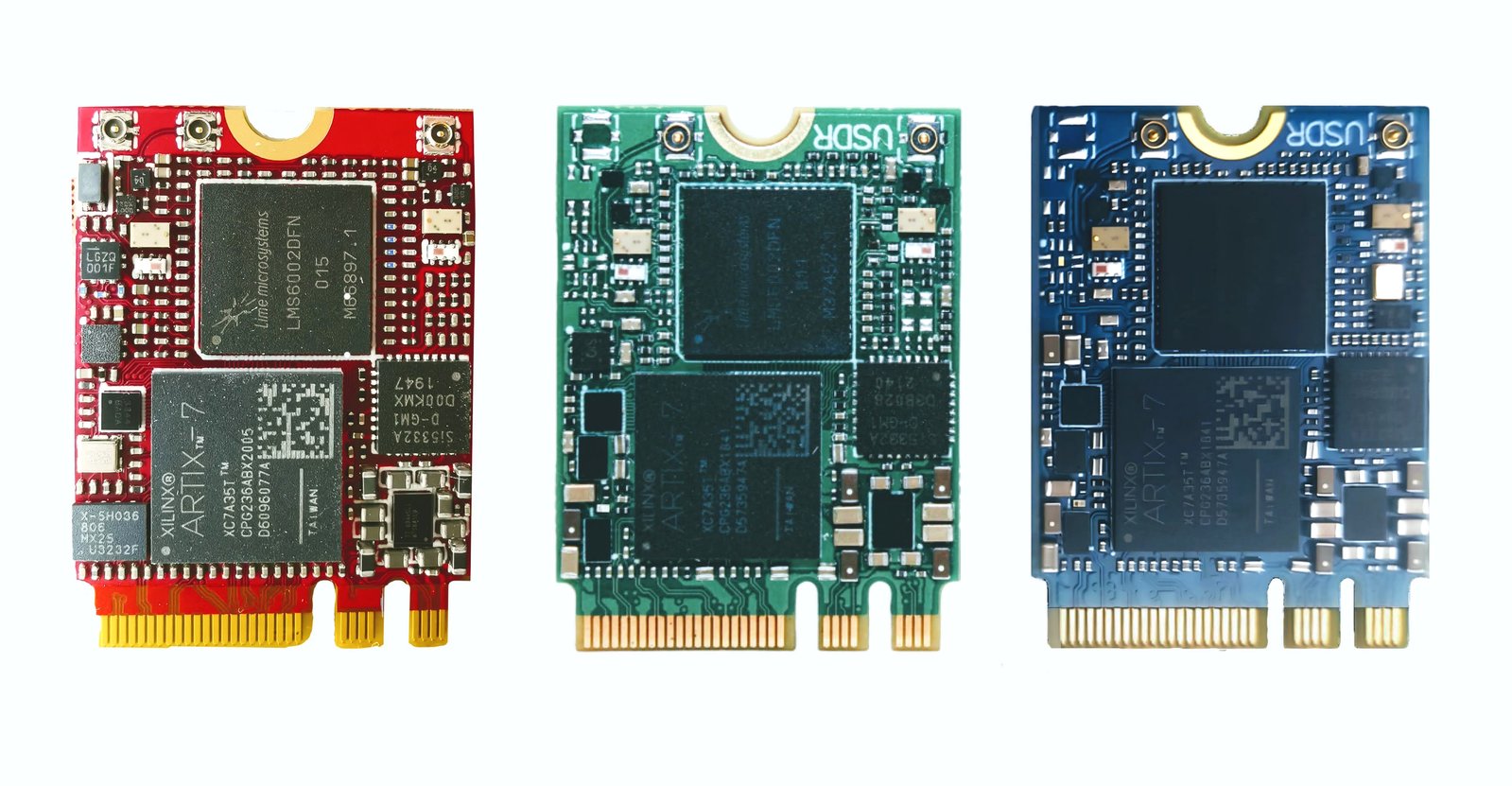
uSDR includes the following components:
- RFIC: LMS6002D
- FPGA: XC7A35T
- Crystal oscillator: ASTX-13-C-26.000MHZ-I05
- Clock buffer: PL133-27
- Clock generator: SI5332A
- USB 2.0 PHY: USB3333
- RF Baluns: B0322J5050AHF + 3600BL14M050
- RF connectors: MHF4
- RF switches: BGS12P2L6
As some of our subscribers have noted, the initial revision included an additional upconverter mixer and RF connector to cover LF frequencies. Its performance fell below expectations, however, so we removed it. We’ve also exposed JTAG and 12 GPIO pins using some extra M.2 A+E key reserved pins. Finally, we exposed the external reference clock and routed the LNA3 input of the LMS6002D to M.2 pads. With one GPIO as 1PSS, it’s possible to synchronize multiple boards for a multi-channel array.
uSDR Block Diagram:
uSDR Pinout Diagram:
uSDR Accessories
- We’ve also designed various adapters and expansion boards for uSDR.
M.2 B+M Key to M.2 E Key Adapter:
- It’s hard to find this particular adapter, so we made our own. It’s 22-mm wide and has 80/60/42 screw position to support the M.2 2280, 2260, and 2242 form factors. It contains no active components, so you can just trim off whatever portion of the adapter you don’t need.

Mini PCIe to M.2 E Key Adapter
There are plenty of Mini PCIe adapters out there, but we made this with a few extra features, including:
- The ability to route two PCIe lanes instead of just one
- Six GPIOs exposed to an FPC cable, along with 1.8 V
- A connector for an external reference clock
- Mounting holes for a heatsink
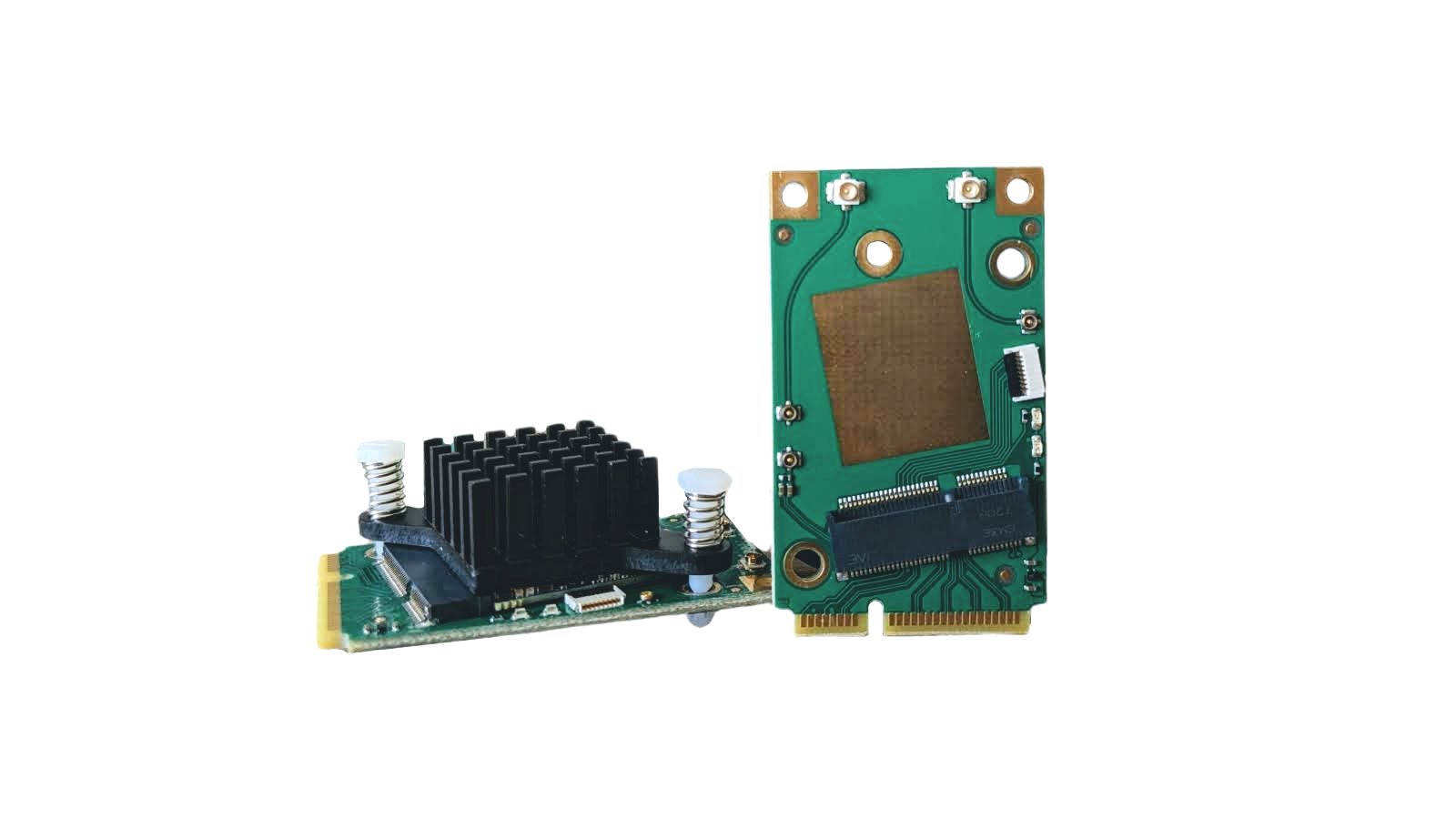
USB Adapter
We designed our USB adapter so that it’s capable of supporting USB 3.0, should we manage to implement that before entering production (or perhaps for a future revision of uSDR). with an RX-TX optional loopback path for advanced calibration, and many other features, including:
- Six GPIOs exposed to an FPC cable, along with 1.8 V
- TX harmonic-reduction filter for 2.3 - 3.7 GHz
- RX LPF at 3.5 GHz
- A connector for an external reference clock
- Exposed JTAG pads for a JTAG-HS2 adapter
- Mounting holes for a heatsink or enclosure
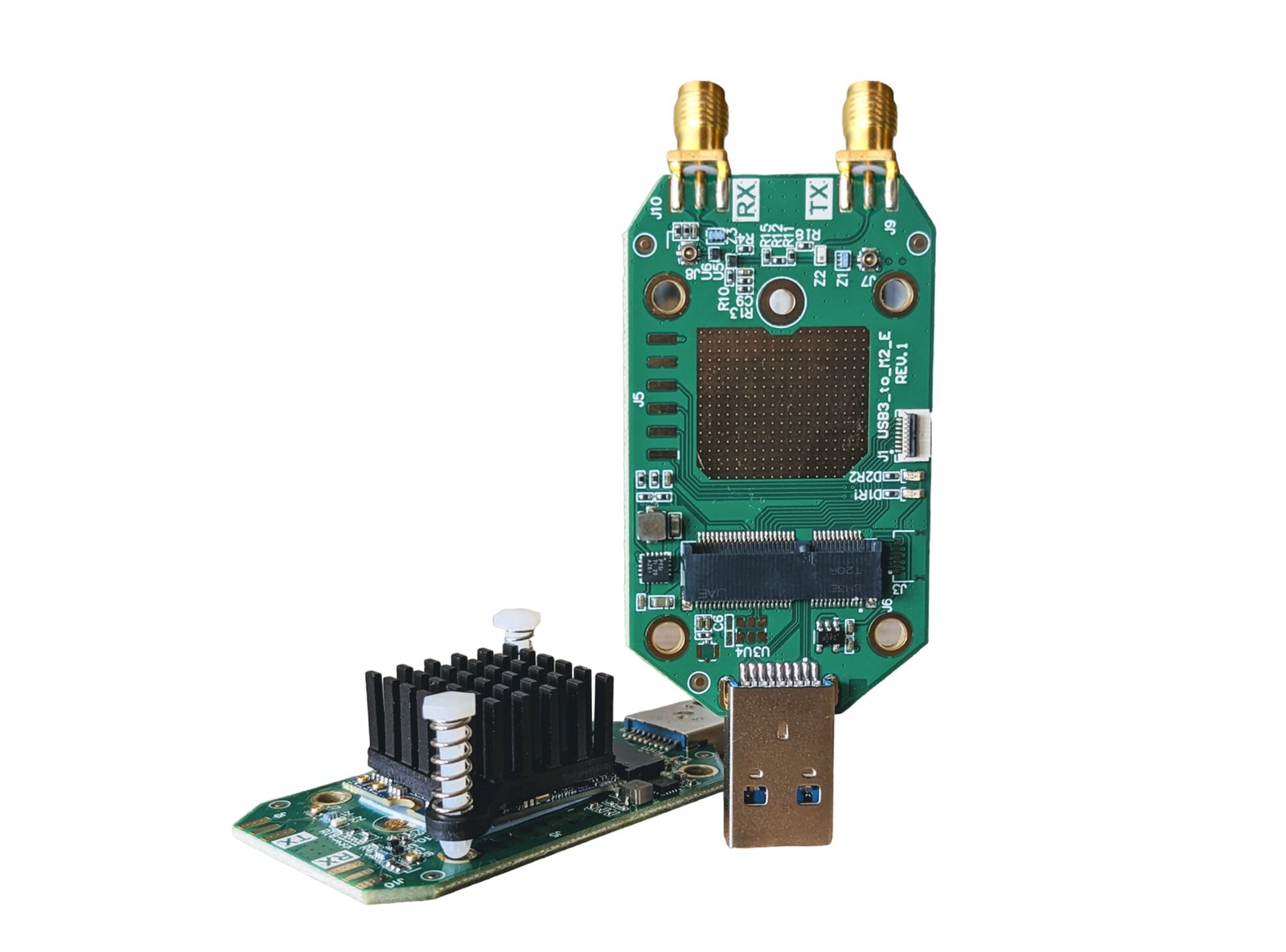
Development Board:
This board was designed for developers and advanced users. It has USB Type-C connectors and can be plugged into a computer with a PCIe x4 slot. It provides the following features:
- A very simple radio fronted that allows you to prototype using the 2.4-GHz ISM band
- Duplexers for common cellular bands
- Increased TX power
- Increased RX sensitivity
- Extended automatic gain control (AGC)
- More precise clock synchronization thanks to a GNSS module.
- Mounting holes for a heatsink or enclosure
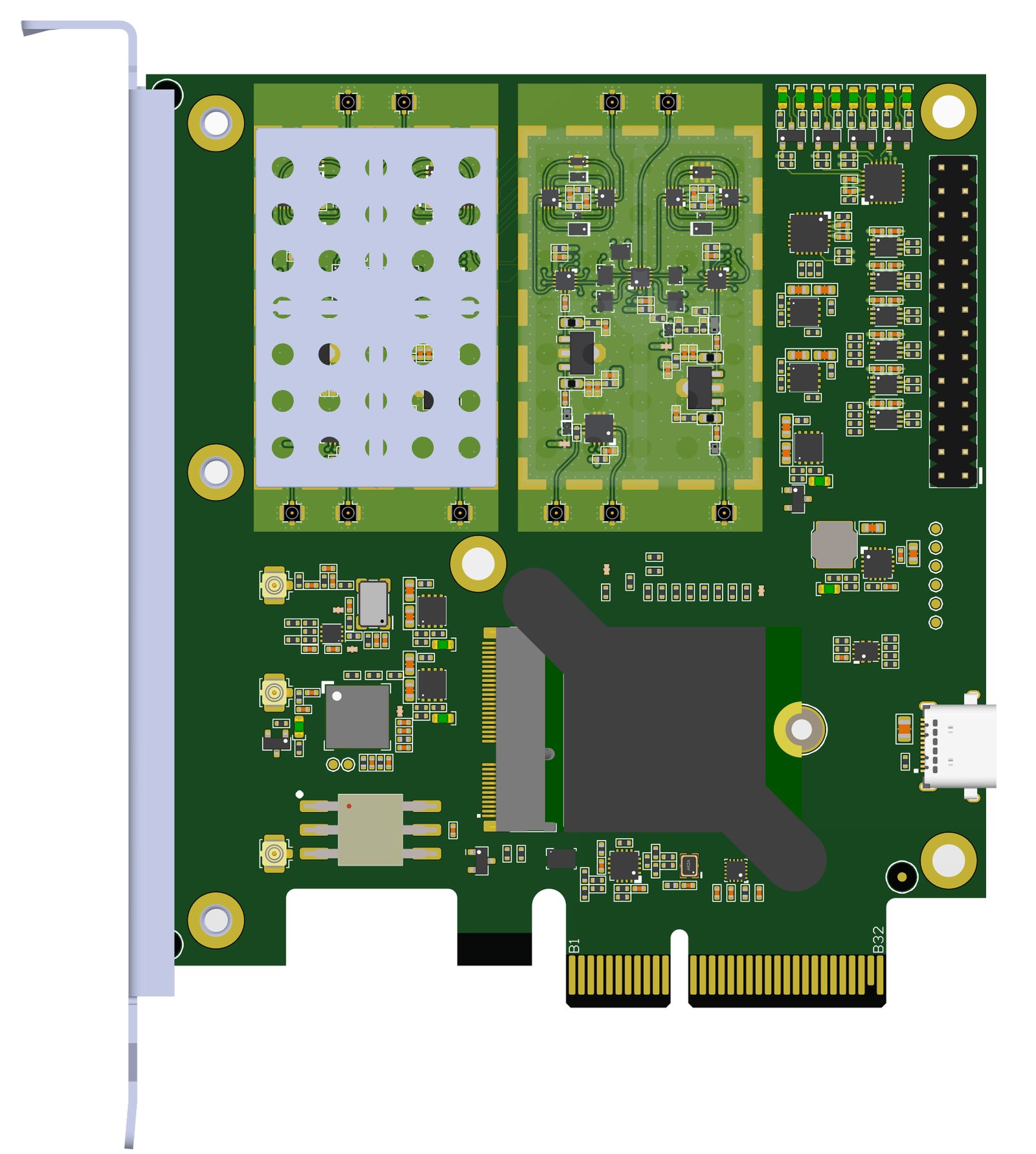
Development Board Technical Specifications
- GPSDO: GNSS module + 12-bit DAC for VCTCXO
- GPIO: 12 GPIOs in six banks with different voltage levels (1.8 - 5 V)
- PSRAM: 64-Mbit PSRAM
- USB Type-C: 5 V, 3 A (USB 3.0 lines routed, currently without gateware support)
- RF filters:
- 3.0 - 3.8 GHz
- 2.1 - 3.0 GHz (ISM, Wi-Fi, Bluetooth, Zigbee )
- 0 - 2.1 GHz
- 0 - 1.2 GHz
- TX filters:
- 0 - 3.8 GHz
- 0 - 2.1 GHz
- 0 - 1.2 GHz
- LNA/PGA: MiniCircuits PGA-103+
Development Board Frontend Block Diagram:
Support & Documentation
- If you have questions or suggestions, you can reach us using the Ask a Technical Question link toward the bottom of our campaign page.
- uSDR is an open source project with many different elements. Below is a table of the corresponding licenses:
Package Includes:
- 1 x uSDR
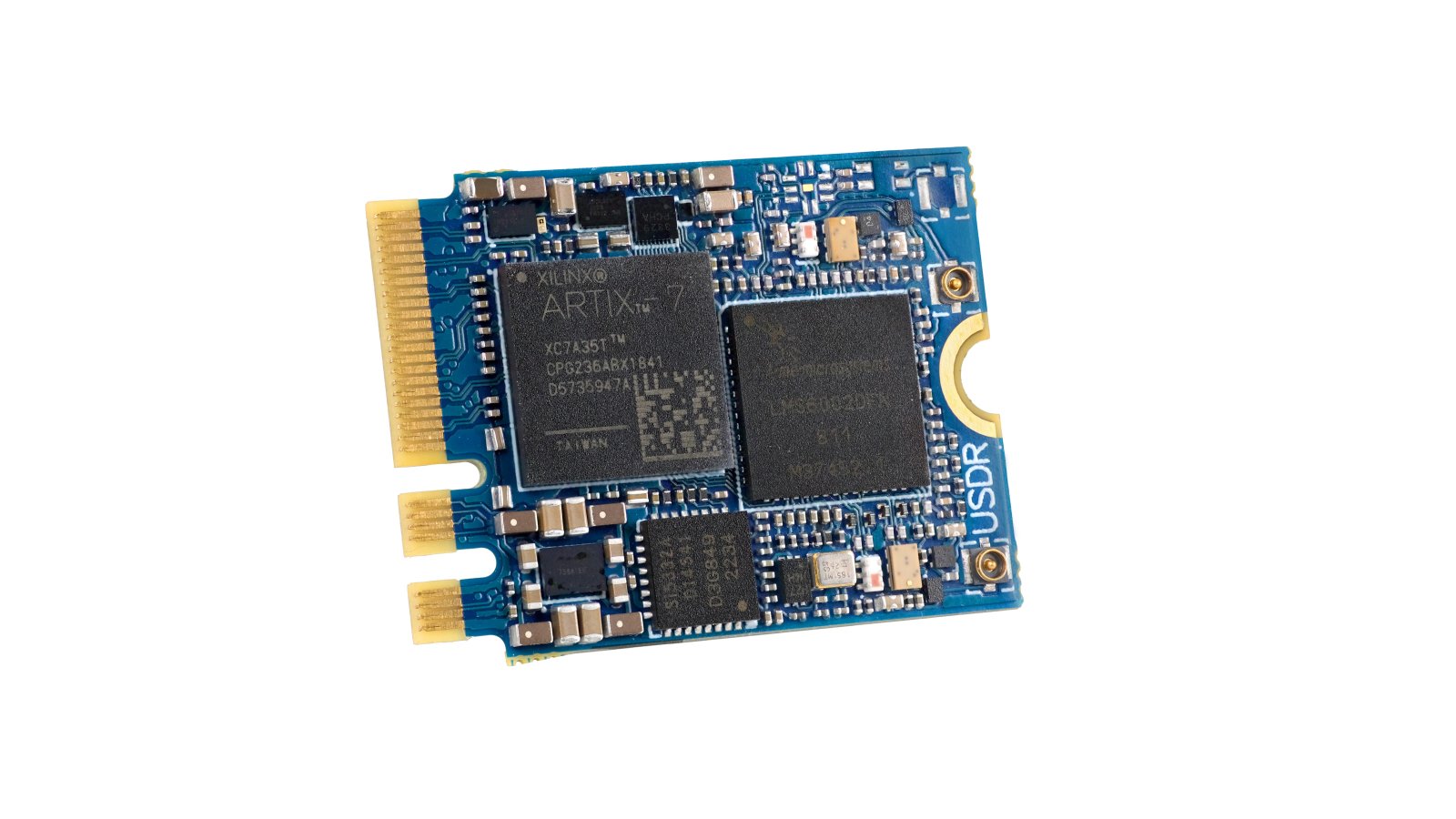
uSDR
- Brand: Crowd Supply
- Product Code: NR-CS-uSDR
- Reward Points: 457
- Availability: Back-order
-
रo 43,821.00
- Price in reward points: 45677
-
- 2 or more रo 42,427.00
- 3 or more रo 41,736.00
Available Options
Related Products
LimeSDR Mini 2.0
LimeSDR Mini 2.0 is an upgraded, drop-in replacement for LimeSDR Mini, a hardware platform for devel..
रo 53,236.00
AntSDR E200
Note: It is a Back-order. Please contact [email protected] ANTSDR-E200 development board i..
रo 40,334.00
Fobos SDR
The Fobos SDR is a high-performance Software-Defined Radio (SDR) receiver with a USB 3.0 interface. ..
रo 51,240.00

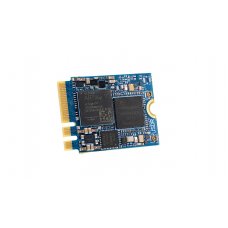



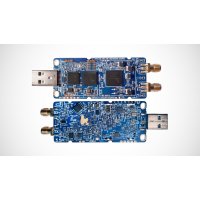
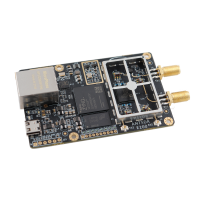
-200x200.png)
